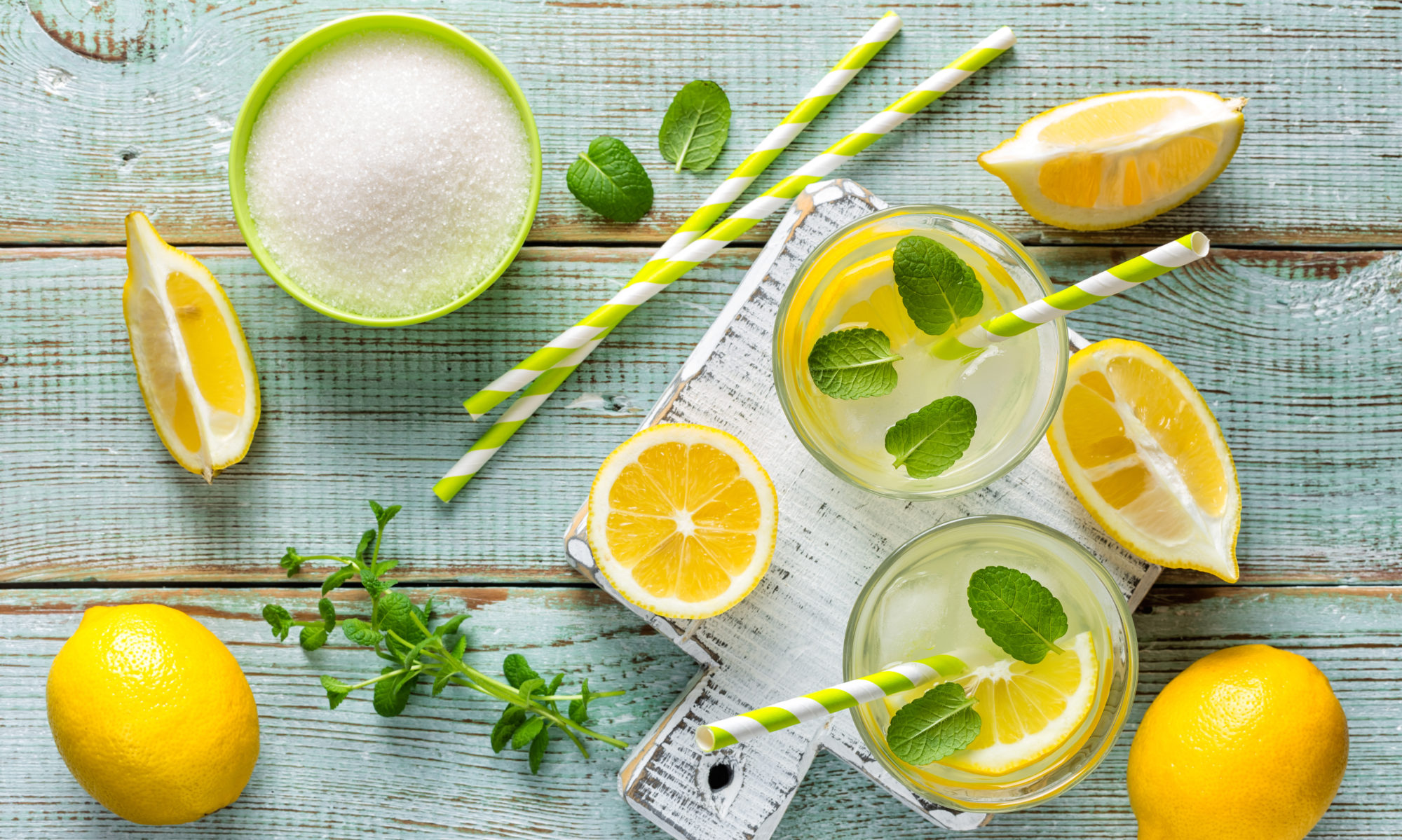Stevia rebaudiana is a South American plant, native to Paraguay that has long been used to sweeten beverages and make tea. Research shows that the stevia plant was used by indigenous people to sweeten medicines and foods, prior to the 16th century. In fact, due to its sweet taste and flavor enhancing abilities, the stevia plant was traditionally used more than 200 years ago.
The term stevia typically refers to sweeteners made from a crude preparation (powder or liquid) of dried stevia leaves. These preparations may contain a mixture of many substances, only some of which are sweet. While the word “stevia” refers to the entire plant, only some of the components of the stevia leaf are sweet. These sweet components are called steviol glycosides. Today, stevia is grown and harvested in many countries around the world. Stevia sweeteners are also ingredients in many products, such as bread, tea, and yogurt. In the US, stevia sweeteners are primarily found in tabletop products as sugar substitutes and in reduced calorie beverages. Growing concern over calorie intake and increasing consumer demand for a greater variety of low calorie products has led to stevia sweeteners being incorporated into many foods and beverages.
Steviol glycosides are found in the leaves of the stevia plant and each has a particular taste profile and sweetness intensity. Steviol glycosides can be isolated from the leaves of the stevia plant. Steviol glycosides are approved for use in over 60 countries, including Australia, Brazil, China, Japan, Korea, New Zealand and Paraguay. In the U.S., steviol glycosides are Generally Recognized As Safe (GRAS) for use as a tabletop sweetener.
Stevia sweeteners contain zero calories, which means foods and beverages that use stevia sweeteners are usually lower in calories. Extensive research has shown that stevia does not contribute calories or carbohydrates to the diet and does not affect blood glucose or insulin response, which means stevia is safe and appropriate for use by people with diabetes.
contain zero calories, which means foods and beverages that use stevia sweeteners are usually lower in calories. Extensive research has shown that stevia does not contribute calories or carbohydrates to the diet and does not affect blood glucose or insulin response, which means stevia is safe and appropriate for use by people with diabetes.
Did you know? Stevia is approximately 200-300 times as sweet as sugar, so only a tiny amount is needed to give a sweet taste. Additionally, the sweet components in stevia sweeteners are naturally occurring, which benefits consumers who prefer foods and beverages they perceive as natural.


